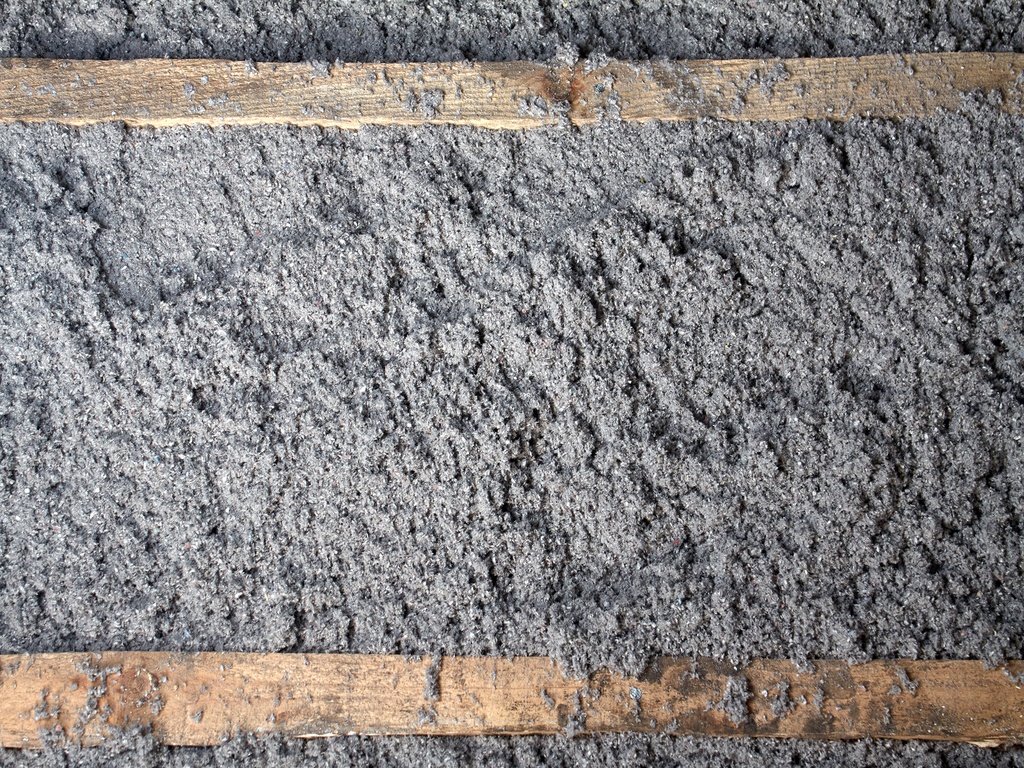More Information On Cellulose Insulation
Cellulose insulation is a great option for those who are looking for a less expensive insulation cost that is Eco-friendly and often made from recycled paper or denim, which accounts for 75% to 85% of the insulation’s composition.
Why Use Cellulose?
- It has more recycled material than any other insulation, making this an eco-friendly option.
- Cellulose is sprayed in and can conform around internal wall obstructions (such as wires and ducts).
- The composition of cellulose is usually derived from wood or some form of paper product. Often times, it is made up of recycled newspaper, cardboard, office paper, and other recyclable waste products.
- No greenhouse gases are used as propellants.
- It is a great inexpensive option.
- Boric acid, borax or aluminum sulfate in treated cellulose makes this option resistant to fire, mold, and pests.
- Cellulose insulation is a very popular insulation for those who want the benefit of noise dampening.
The Cellulose Installation Process
What does the cellulose installation process look like? Cellulose can either be blown-in in a loose-fill or dense pack. A machine is used to blow in the dry cellulose to the desired area for insulation. At the end of the hose where the cellulose leaves the machine, small spray nozzles dampen the cellulose, causing it to stick. This allows the cellulose to be packed in tight.
Usually, the presence of moisture in insulation installation causes concern, but not for Cellulose. Using moisture in the application phase does not negatively affect cellulose insulation, as it would fiberglass, because of the nature of cellulose’s composition. First, the amount of moisture used for the installation phase is usually dried up after a day or two. Secondly, cellulose is constantly picking up moisture and letting moisture go, much like how a towel can absorb moisture, and then dry out.
R-Value Of Cellulose
The R-value for cellulose is 3.8/inch. For a greater explanation of R-value, please see our R-value page!






